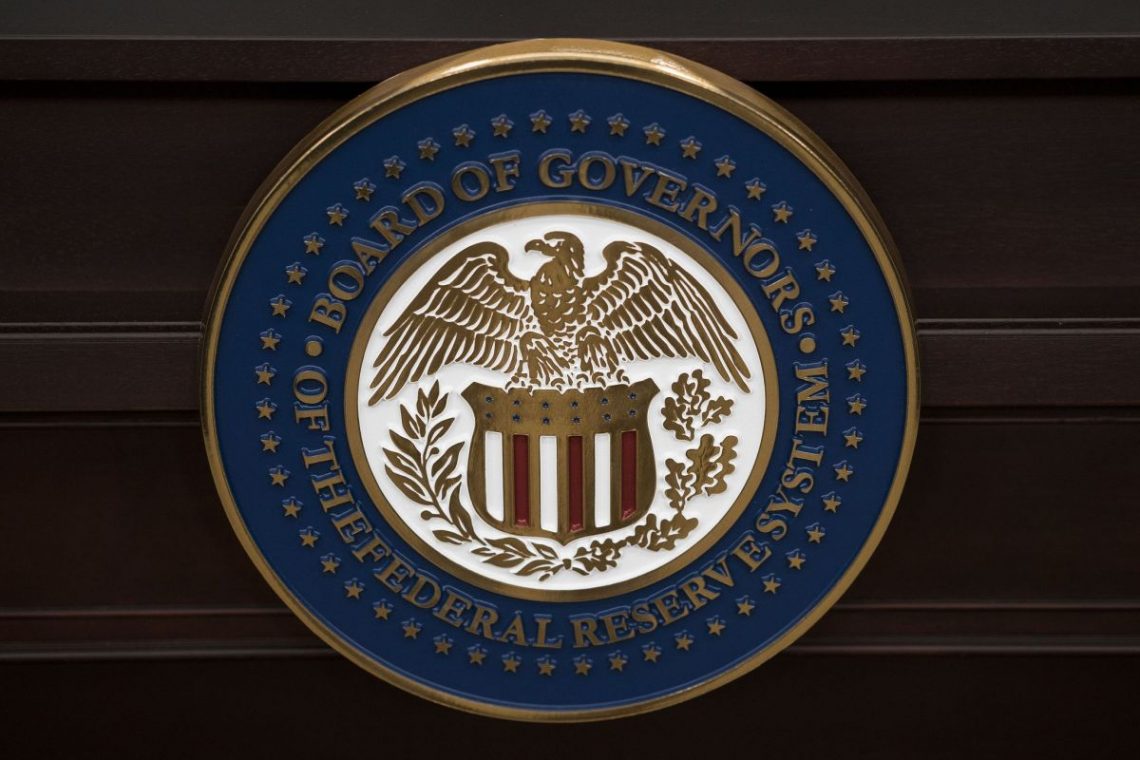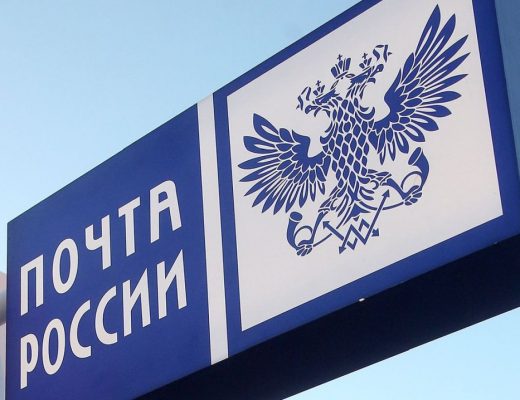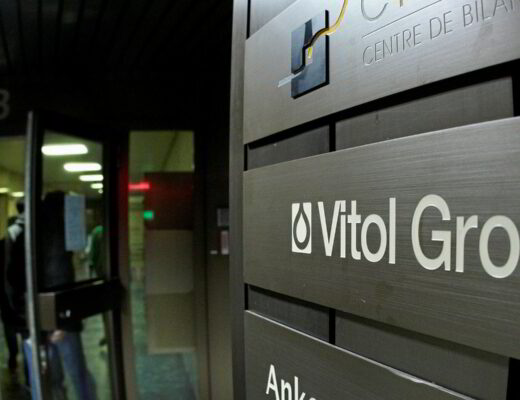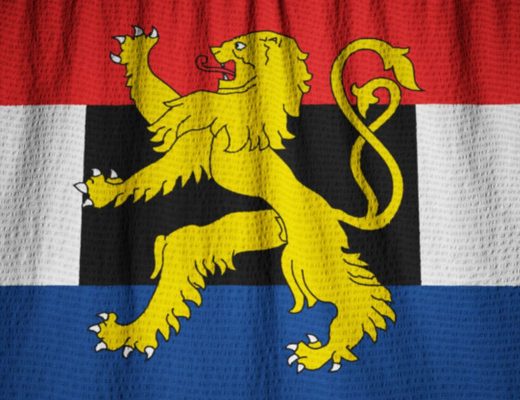Why the FRS is printing dollars: market financing program
The world financial market is going through hard times. There is an unprecedented stir caused by the fact that companies are getting rid of their assets on a massive scale. During the month, operations worth $24 trillion, which exceeds U.S. GDP. Countries are taking immediate action to soften the blow, and the Fed is printing dollars.
The Federal Reserve has made changes to its asset buyback program, and it has virtually unlimited rights. The Federal Reserve will buy the country’s government bonds and mortgage-backed securities. The volume of acquisition will depend on the need of markets to improve their functioning. In fact, this means that the Fed can buy as many bonds as it sees fit.
No new money has been printed in the US since 2014, but last year it was time to turn on the machine. In September 2019, after the repo situation, the Fed started actively buying short-term government bills. The purchase was made for $60 billion a month. Due to the coronavirus epidemic and its impact on world markets, it was necessary to expand the program to be able to buy all types of public debt securities, the volumes increased to $700 billion.
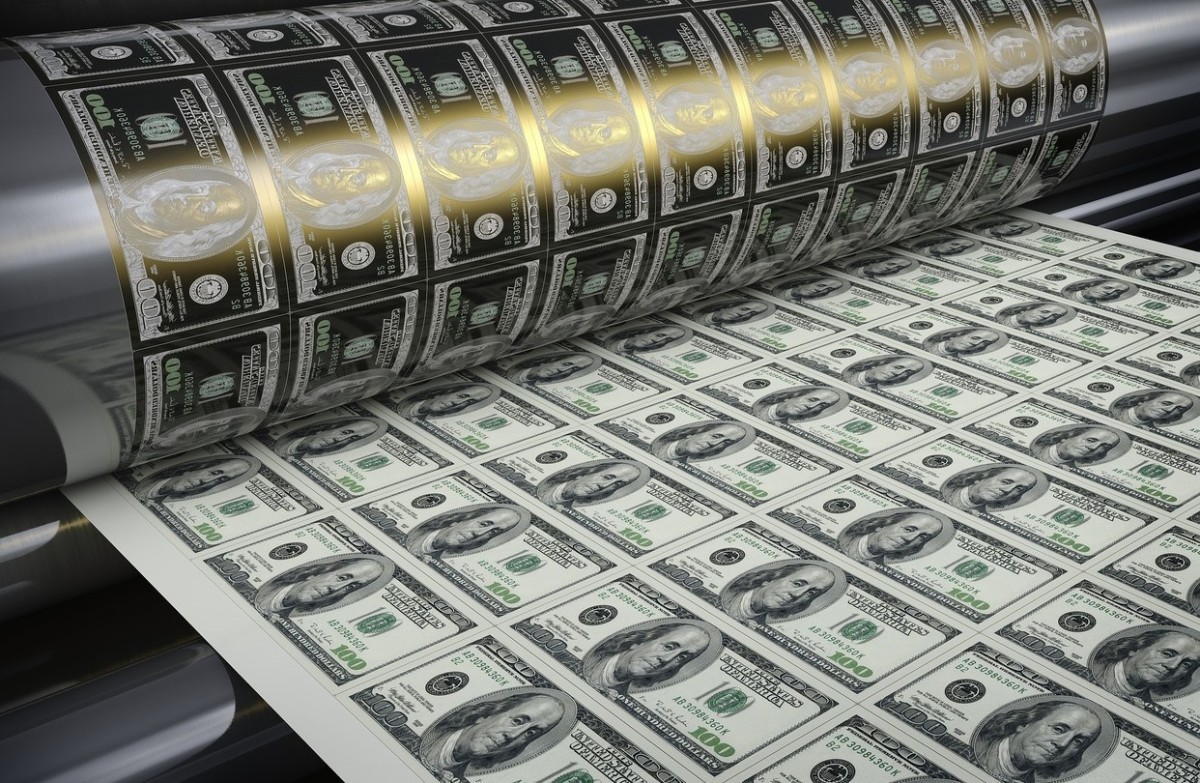
However, even this amount could not satisfy all needs. Panic in the market continued, investors rushed to suspend projects to keep as much cash as possible. So Washington took a new step – now the monthly limit will be spent within a week. The Federal Reserve Bank, which is in New York, was instructed to buy daily treasury and mortgage bonds worth $75 billion and $50 billion respectively. This decision will finance the market by $625 billion, and to increase the Federal Reserve’s balance sheet by record amounts.
The program continues and the next round assumes unlimited acquisition of assets. In addition, the Fed is buying up corporate bonds to keep prices at current levels and reduce yields. Such measures will allow large companies to avoid, to some extent, the credit difficulties that followed the collapse in global markets. The Federal Reserve plans to finance a $300 billion lending segment for consumers and businesses. For this purpose, the Ministry of Finance will attract the Foreign Exchange Market Stabilization Fund.
Large companies use the corporate credit line of the primary market to issue bonds and loans. In addition, it supports the solvency of business, helping to carry out a number of processes during the crisis. A credit line designed for the secondary market will increase the liquidity of the corporate bond market.
